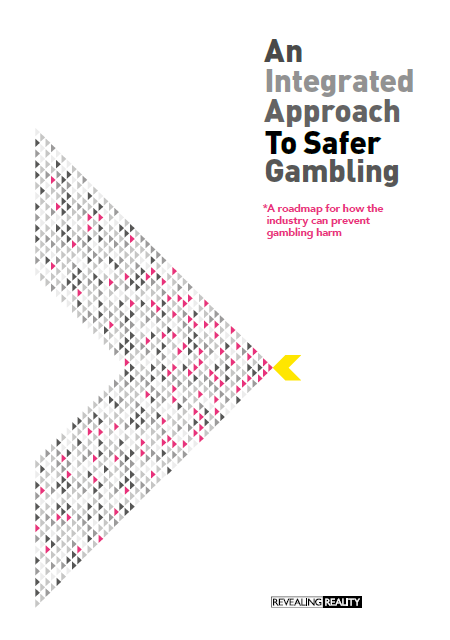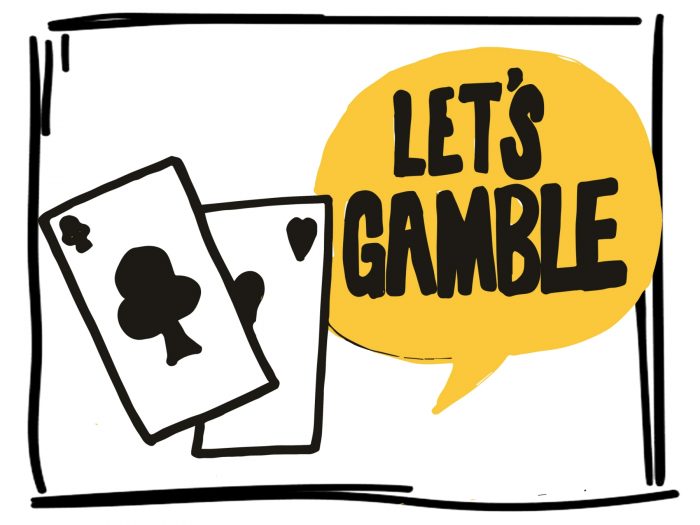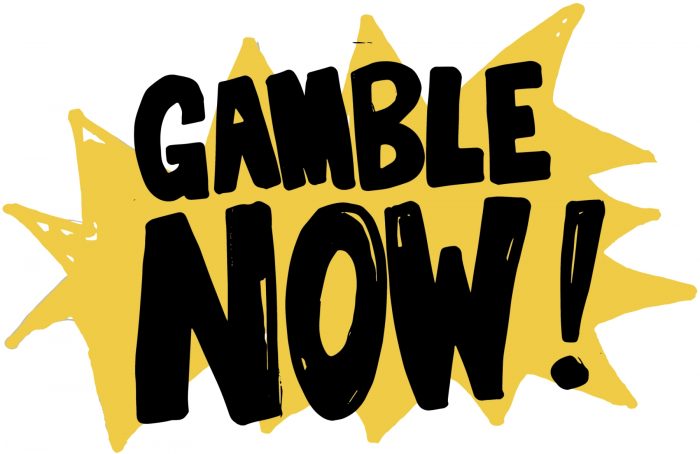Are ‘single intervention’ nudges missing something big?
Last week we launched our report which describes a year-long collaborative innovation project with the gambling sector.
For years, the industry (and leading academics and sector bodies) has been searching for silver bullet solutions to gambling related harm; the ‘one thing’ that would solve the problem. This agenda has been in part driven by the quest for high quality evidence, or ‘proof’, that safer gambling interventions work – resulting in a strong reliance on randomised control studies, where the impact of individual interventions can be clearly and causally evidenced.
However, when you look at how gambling operators sell their product to gamblers, they don’t rely on this approach. There is no ‘single marketing nudge’ which gets a gambler hooked and the messages in the adverts weren’t tested in randomised control trials. Instead, there are hundreds, if not thousands of implicit nudges which work together to create an environment where gambling more feels like an exciting and appealing thing to do.
Think of the bright colours and flashing lights, the jingle of coins, the happy faces of aspirational people enjoying gambling in the adverts. Whether recognised or not, the operators across both retail and online environments are using every trick in the behavioural economics textbook; social norming, anchoring, availability heuristics – they’re everywhere. Everything is designed to make gambling seem an enjoyable and positive pursuit.
You can tell they’re nudges because the messaging is implicit rather than explicit. They don’t say ‘Gamble Now’, or ‘Gamble with us’, they just make it seem like an inherently good idea.
Ads that didn’t make it…
Safer gambling interventions have become unappealing safety messaging
In stark contrast to these ‘pro-gambling’ environments, with their sophisticated array of marketing techniques, most messaging around safer play is remarkably straightforward and limited – and while it’s ever present at the bottom of the poster, leaflet or advert, it’s the one bit of the gambling landscape that evolves and changes at a snail’s pace.
Our research showed that for many gamblers these safer gambling messages, while conspicuous, might as well be invisible. They may or may not see them, they can sometimes remember them, but importantly they don’t think they’re relevant to them personally. Despite their creators’ intentions, in the eyes of most players these messages are clearly and obviously for people with ‘gambling problems’ – not them. If you have a problem, and know it, direct messaging like this is vital in telling you how to get help, but it is far less effective in helping people who gamble develop good habits before they get into trouble.
Our challenge: move beyond single intervention ‘nudges’ and utilise a truly integrated approach to safer gambling
This project was funded by GambleAware and worked on in collaboration with the Gambling Commission. We supported five gambling operators across a range of sectors to develop their own interventions or campaigns that were more closely integrated into their existing marketing and customer interactions, alongside more traditional safer gambling messaging.
To enable operators to take these steps we produced a toolkit of core design principles. Our challenge to operators was clear – apply the skills you use to promote gambling to also help people gamble more safely. Use the same behavioural economics techniques that you already use to market your products. Use your knowledge of marketing and brand to ensure that messages feel relevant and appealing to your players.
If you want to see how the participating operators got on (or if you, like us, are keen to move past the limiting narrative that single intervention nudges are the best solution) then read the report. And to find out the link between seatbelts and safer gambling watch this film.
From our perspective, most operators still aren’t making use of their full capability to deliver high-quality safer gambling interventions, but this is definitely a step in the right direction.



